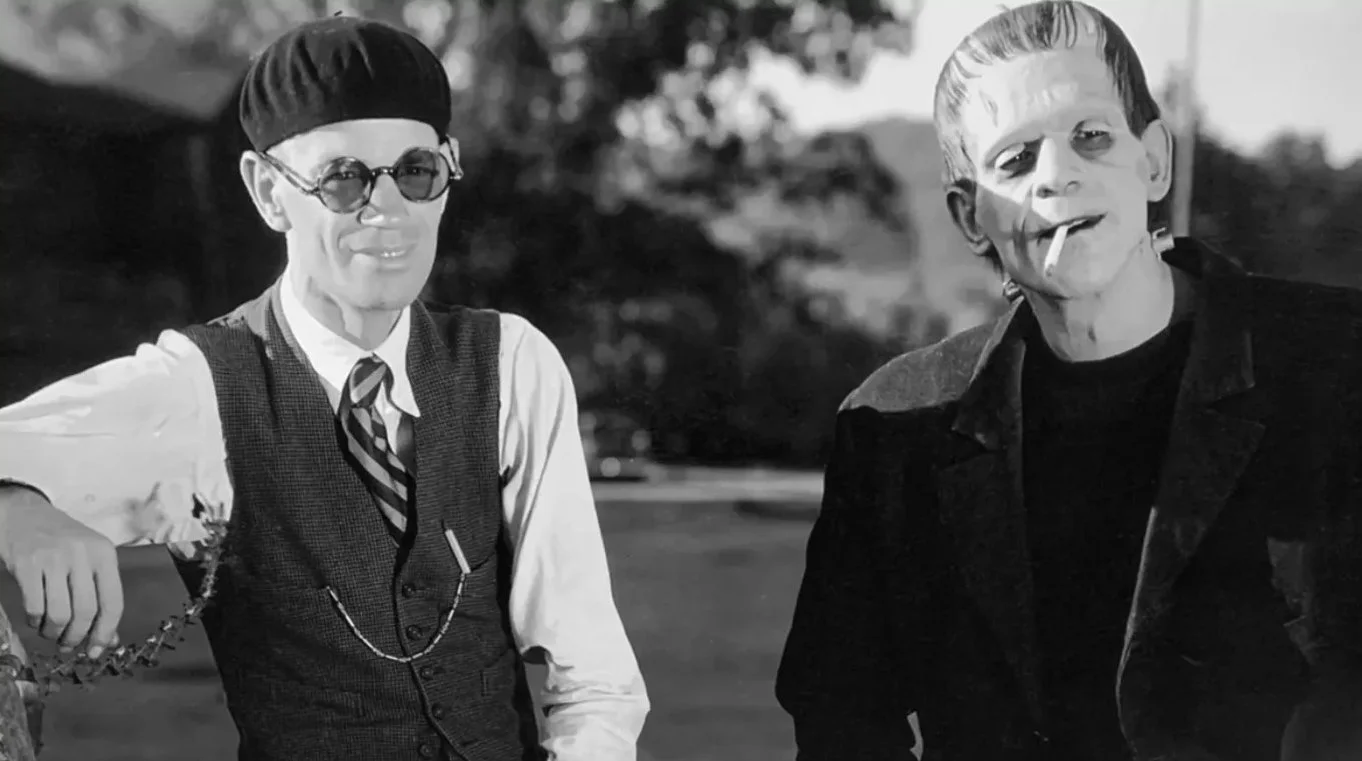Makeup in Frankenstein (1931)
Makeup plays an important role in highlighting character portrayals and supporting themes within the narrative. It creates an ethereal quality that draws viewers into a nightmarish world. The concept of anxiety that is at the heart of the novels of Frankenstein and Dracula is reinforced, and the immersive experience of the film is underpinned. Unquestionably, the gothic genre and German Expressionism served as inspiration for both productions. According to some critics, “Boris Karloff succeeded Lugosi” the reason for this may be that “makeup artist Jack Pierce researched subjects relevant to Frankenstein creature makeup, from surgery to “electrodynamics” (Magoun 495).
(Vellum)
(Morales)
Boris Karloff was transformed into the iconic Frankenstein by Jack Pierce. Pierce's audacious style transformed many film genres, including the horror niche. The physical characteristics that comprised Frankenstein were highly identifiable. Pierce's makeup was not only dramatically distinct but it "probably remains most people's image of Frankenstein's monster" (Davidson, 235). Pierce creates an extremely complex look by using a range of prosthetics, such as a flat, square-shaped head, distinctive eyebrows, and neck bolts, which highlight the monster's manufactured and unnatural appearance. Karloff is shown as utterly frightening, yet he still has a human aspect within him. By emphasising his somewhat human nature with dark eye circles and unusual complexions, there seems to be some degree of innocence trapped in an inhumane appearance.
(Munson)
Frankenstein's makeup became a distinguishing component of early horror cinema, demonstrating how makeup may enhance character development.Pierce's design not only demonstrated the Monster's otherness but also gave him additional complexity. Alongside Karloff's performance, the makeup elevated the monster beyond superficial level, emphasising Frankenstein as a sorrowful figure who was misunderstood. The imaginative methods combined with the aesthetic elements of makeup demonstrate how makeup can play a crucial role in narrative development, particularly in film.


